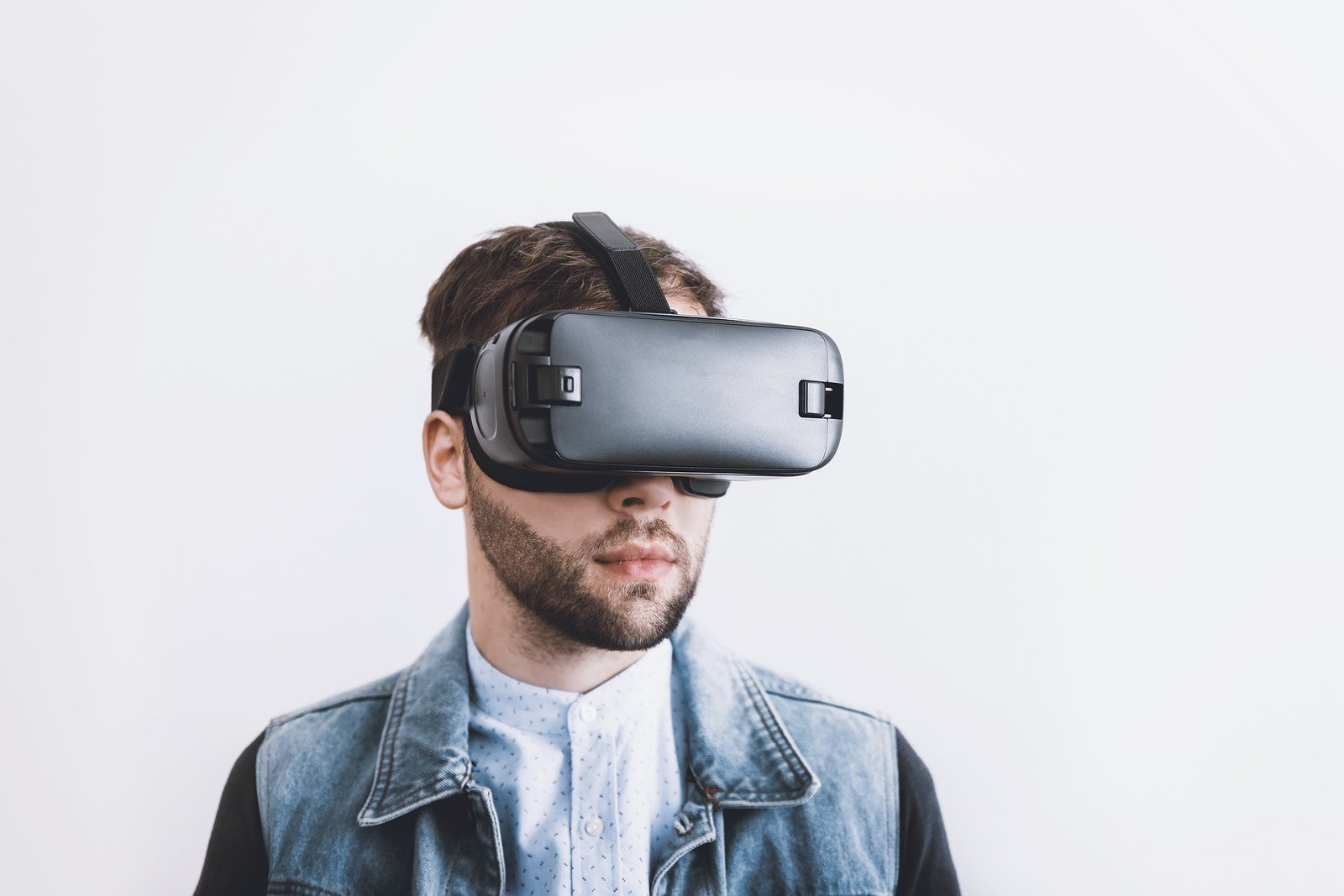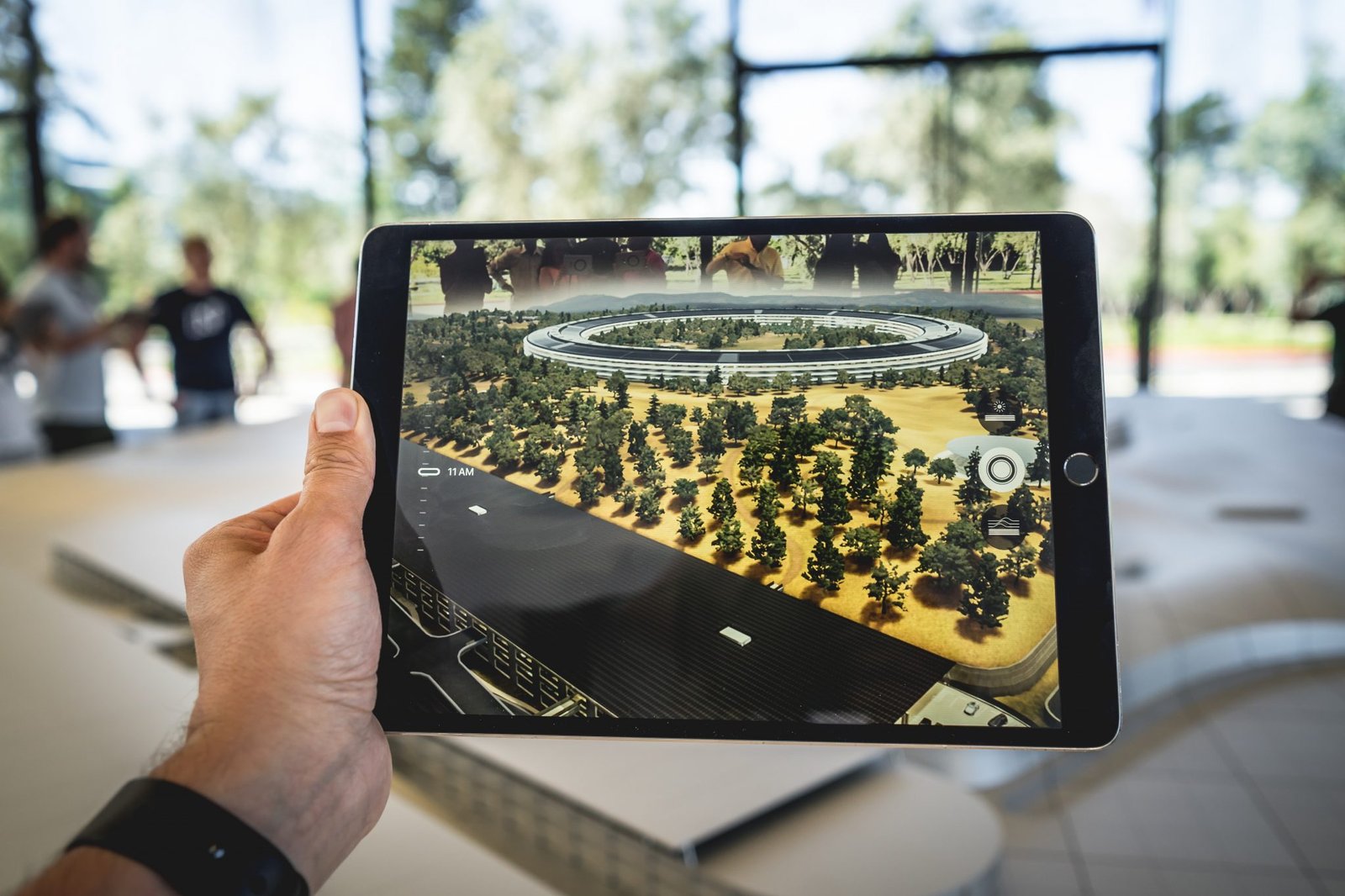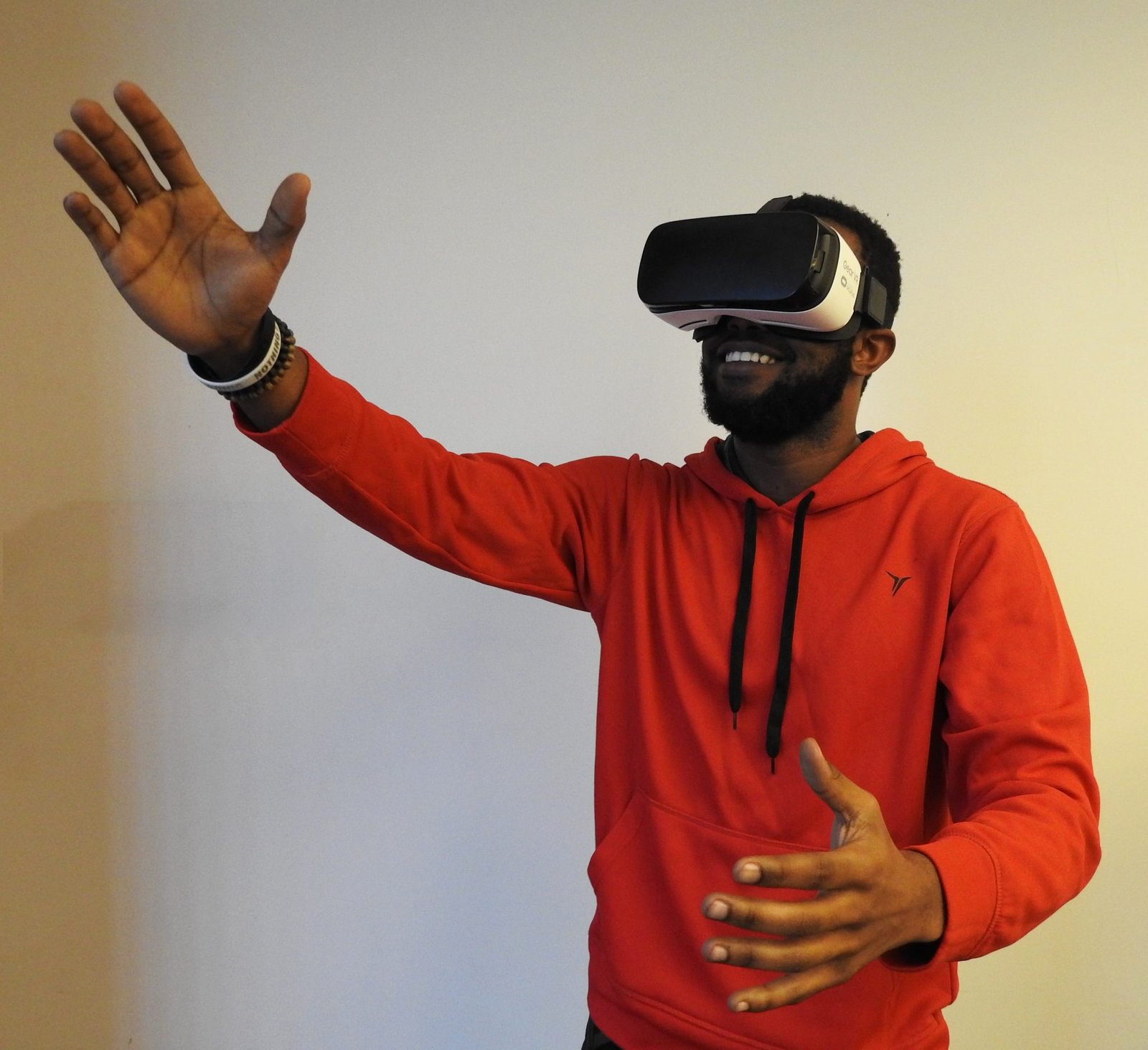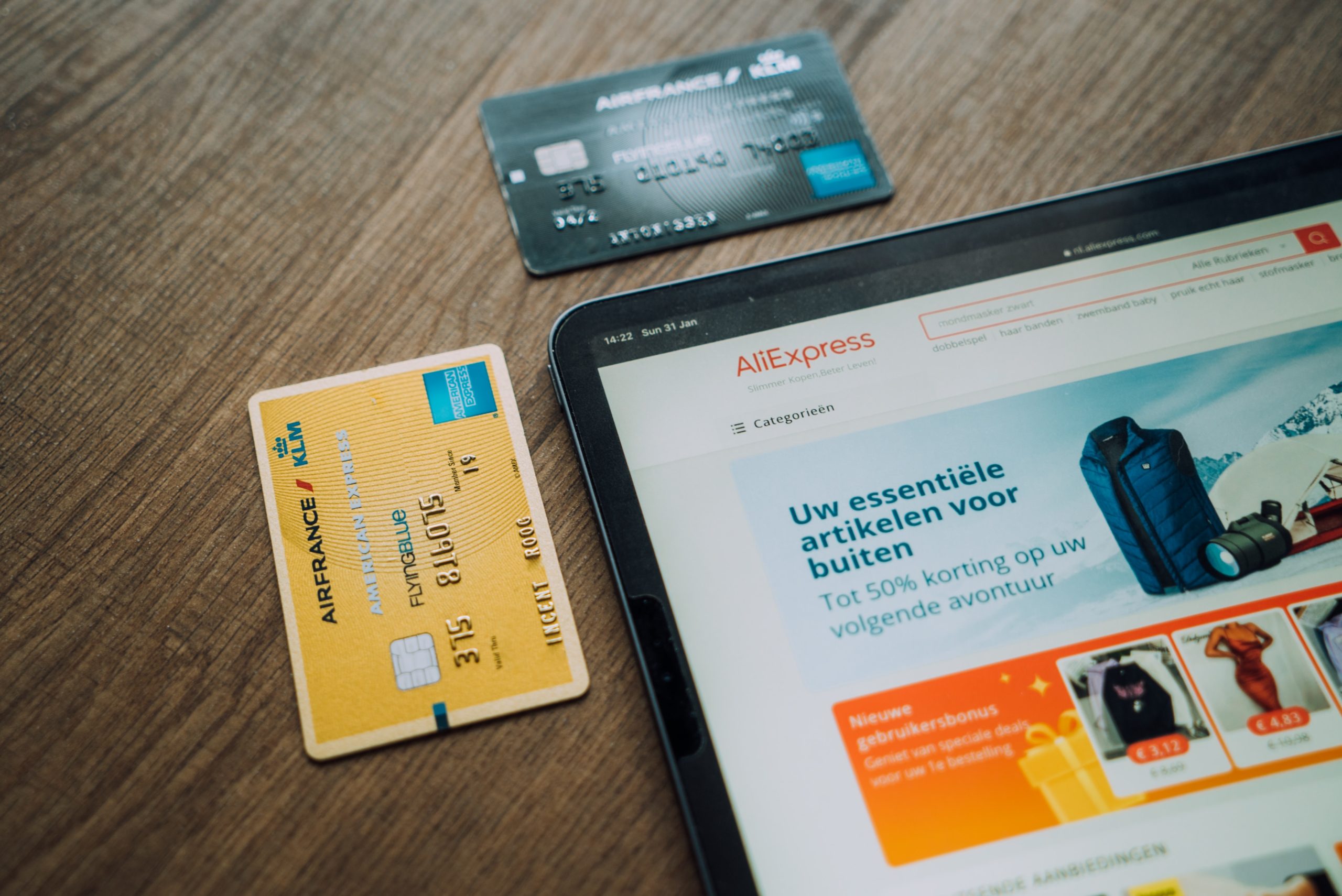Virtual reality (VR) is a significant technological development.
Case in point, our article entitled ‘Virtual Reality – Is It the Future or a Fad?‘ examines how it’s not just a fad, but rather, an opportunity that poses many uses for various industries. We’ve seen it used extensively in gaming, with popular titles such as Beat Saber and Arizona Sunshine. We’ve even seen it used in a variety of other ways, as in the case of Walmart training its employees using VR, or filmmakers making VR films, like Invasion and Ashes to Ashes.

Indeed, VR has made inroads in various industries apart from gaming, and it will impact several of them this 2020. This article will focus on the four industries that VR will likely disrupt this year. Take a look:
Healthcare
Walter Greenleaf of Stanford University estimates that VR’s most significant market will be in clinical care and health and wellness. The respected behavioral neuroscientist also identified at least 20 clinical areas where VR will make an impact. They include surgical training, substance abuse therapy, stroke rehabilitation, and mental health care. Moreover, HP notes that VR can even help in diagnostics by facilitating better physician-patient relationships, whether in-person or through telehealth interactions.

By using VR, doctors will be able to provide a comprehensive, understandable, and engaging healthcare experience that can even incorporate interactive medical imaging. In the US, we’re already starting to see hospitals utilize VR in patient care, including the VR Health-backed Stanford Sports Medicine, the Spaulding Rehabilitation Network, and the Hoag Hospital Networks. With advancements in VR technology, 2020 will be the year VR goes mainstream in healthcare.
Education
Virtual reality is ushering in the modern classroom. Case in point: the Silicon Valley-initiated Ignited Summer Fellowship Program in 2018. Teachers Betsy Huynh and Bryan Reed of Vaden High School and Santa Teresa High School are among those involved in the program, which aims to pave the way for further VR adoption in classrooms nationwide. Today, VR is being used to counter students’ decreasing attention spans, as caused by their constant exposure to digital technologies.
It is also bringing students beyond the walls of a school through virtual field trips. Special needs educator Megan Rierdon of the 53rd St. School in Milwaukee is among the many teachers who have leveraged VR that way. In 2018, she took her students on a virtual field trip to BrightFarms, giving them the opportunity to travel without the need to travel far. Today, VR is also being used in education for language immersion, skills training, and distance learning. So, expect more learning to take place in modern classrooms this 2020.

Retail
A study published in Frontiers in Psychology suggests that both VR and AR will lead to new marketing opportunities. These technologies (collectively called extended reality) will make interactive and immersive 3D virtual stores commonplace. This will allow customers to have at-home consumer experiences. It will also pave the way for omni-channel retailing, where the virtual store complements the physical one. This dynamic is already evident at retail giants IKEA and eBay, with the former letting customers take virtual tours and the latter offering interactive catalogs. This dynamic could soon become the new norm in 2020, as more retailers will start leveraging the marketing opportunities that come with VR adoption.
Construction Design
Last year, Justin Morgenthau of Triax Technologies pointed out that VR is the next level in 3D modeling. That’s because of the technology places designers, architects, engineers, and builders in a virtual model of what they will be building, allowing them to actually “experience” a building inside-out. Consequently, they can better collaborate and coordinate during the pre-construction phase and improve the design as needed.
Construction design companies started utilizing VR for such purposes as early as 2015, with SOM (starting in 2015) and Ennead Architects (in 2016) among the early adopters. But industry-wide adoption hasn’t happened yet. That may change beginning in 2020, as headsets are cheaper now, and there are a range of construction design-related software available, like Symmetry, IrisVR, ARQVR, and Truvision.

The emerging role of VR in the aforementioned industries underscores its immense potential and reaffirms our initial point that VR is here to stay. And as the technology improves, expect it to make an even greater impact not only in healthcare, education, retail, and construction design but also in a range of other industries.






